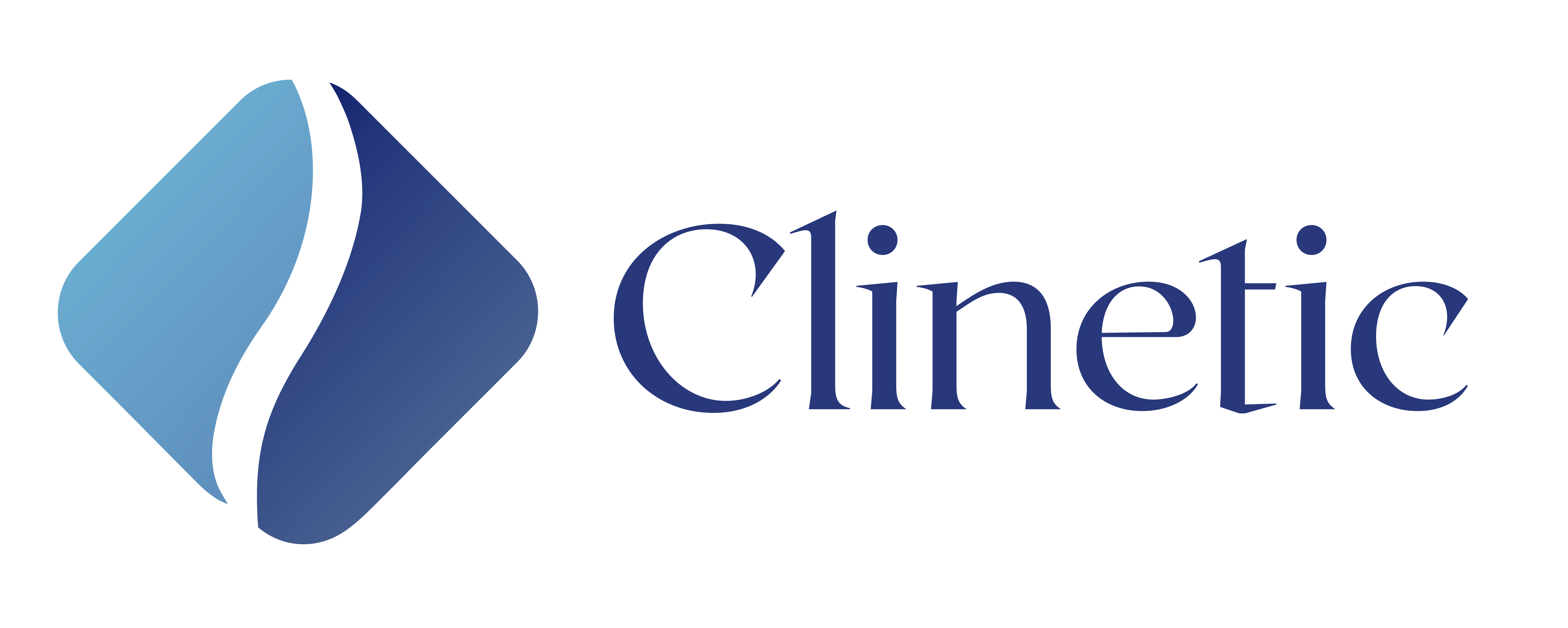Conditions We Treat – Elbow
Elbow Injury and Pain
What is Elbow Injury and Pain?
Elbow injuries are often caused by overuse syndromes, falls, and sporting accidents. This can be detrimental because the elbow is used to perform several functions, such as the movement of the forearms and everyday tasks. Although most elbow pain conditions are not debilitating, chronic elbow pain can hinder an individual’s actions and reduce overall performance. Elbow pain is often characterised as being dull, sharp, or aching pain around the elbow region.
What causes Elbow Injury and Pain?
Causes of Elbow Injury and Pain include:
- Elbow fractures and stress fractures
- Elbow Joint Arthritis
- Tendonitis
- Throwing injuries
- Rheumatoid arthritis
- Sprains and strains
- Elbow Bursitis
- Tennis elbow
- Trapped Nerves
- Dislocated elbow
- Golfer’s elbow
How can Elbow Injury and Pain be managed?
-
Treatments for Elbow Injury and Pain:
- Physiotherapy
- Manual therapy including soft tissue release, pain management, and rehabilitation
- Active Release Therapy and IASTM
- Dry Needling
- Acupuncture
- Ultrasound therapy
- Laser Therapy
- Interferential Current (IFC) & TENS
- Chiropractic therapy
- Osteopathy
- Massage therapy
Golfer’s Elbow
What is Golfer’s Elbow?
Golfer’s elbow, or medial epicondylitis, is a condition that impacts the tendons that join the elbow and forearms together resulting in pain and inflammation. It is most commonly caused by the overuse of muscles in the forearm that controls fine motor actions. These fine motor actions include flexing, gripping, grabbing, or swinging the elbow. During these actions, micro tears are created within the tendon on the inside of the elbow. Golfers often suffer from this condition although others who participate in repetitive forearm, wrist, or hand motions have higher risks for developing Golfer’s elbow as well.
What causes Golfer’s Elbow?
Causes of Golfer’s Elbow:
- Overuse of muscles pertaining to the elbow
- Various fine motor activities resulting in micro tears
What does Golfer’s Elbow feel like?
Symptoms of Golfer’s Elbow:
- Pain and tenderness on the inner side of your elbow
- Stiffness in the elbow
- Weakness in the hands and wrists
- Numbness
How can Golfer’s Elbow be managed?
Treatments for Golfer’s Elbow:
- ART and IASTM
- Manual therapy
- Dry Needling
- Rehabilitation exercises
- Acupuncture
- Laser Therapy
- Interferential Current
- TENS
- Chiropractic therapy
- Massage therapy
- Osteopathy
- Physiotherapy
Tennis Elbow
What is Tennis Elbow?
Tennis elbow, also known as lateral epicondylitis, is caused by continuous use of the forearm, arm, and hand muscles. It often occurs in tennis players, where the arm and hands are used frequently to swing the racquet. However, it still can affect anyone that has spent long and extensive use of the forearm muscles.
What causes Tennis Elbow?
-
Causes of Tennis Elbow:
- Extensive use of forearm muscles
- Repeated movements involving the elbow
What does Tennis Elbow feel like?
Symptoms of Tennis Elbow:
- Pain when bending, extending, or lifting the arm
- Pain when gripping small objects
- Pain when the forearm is twisted
- Tenderness on the lateral side of elbow
How can Tennis Elbow be managed?
Treatments for Tennis Elbow:
- Massage therapy
- TENS
- Rehabilitation exercises
- Manual therapy
- Laser therapy
- Interferential current
- ART
- Chiropractic therapy
- Dry needling
- Acupuncture
- Physiotherapy
Radial Tunnel Syndrome
What is radial Tunnel Syndrome?
Radial Tunnel Syndrome is a relatively uncommon but painful condition that affects the radial nerve, which runs along the forearm. This disorder primarily impacts the upper part of the arm, often causing discomfort and weakness in the forearm and wrist. This discomfort arises from the compression or irritation of the radial nerve as it passes through a tight tunnel formed by the muscles and tissues in the forearm. Symptoms can include a dull, aching pain, a weakened grip, and sometimes, radiating pain down the forearm.
How to treat Radial Tunnel Syndrome?
- Physiotherapy: A physiotherapist can develop a tailored exercise and rehabilitation program to strengthen the forearm and wrist muscles, enhance flexibility, and improve overall mobility. They may also utilize modalities like ultrasound or electrical stimulation to alleviate pain and promote healing.
- Osteopathy: Osteopathic treatment for Radial Tunnel Syndrome may involve hands-on techniques to address musculoskeletal issues and improve nerve function. Osteopaths can work on releasing muscle tension and optimizing the alignment of the forearm and wrist, thus reducing pressure on the radial nerve.
- Chiropractic care: Chiropractors can also use soft tissue therapies to address muscle imbalances and discomfort around the affected area.

